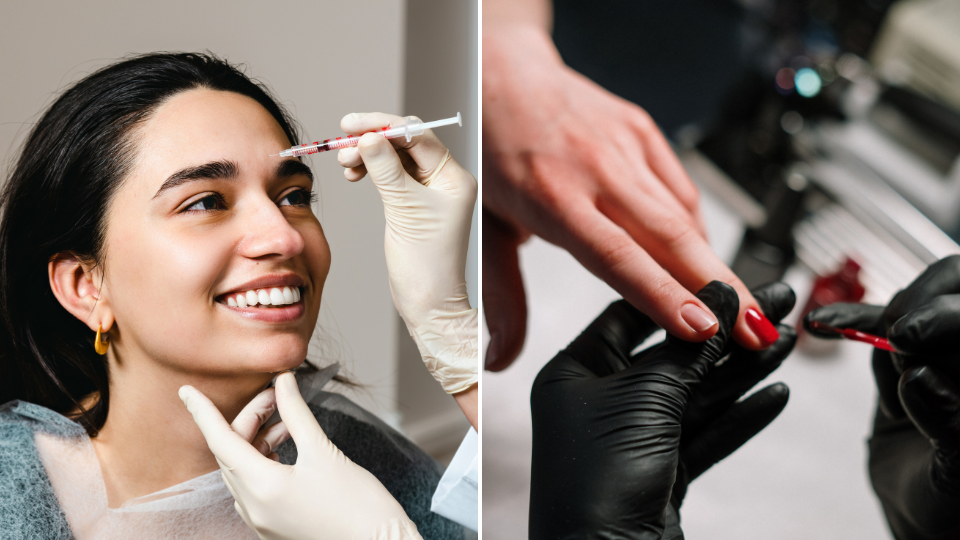Acne is a skin condition which is caused when an excessive amount of sebum blocks the hair follicles in the skin. Sebum is an oily substance which is produced by sebaceous glands in the skin in order to keep the hair and skin lubricated. Acne is caused when the sebaceous glands produce too much sebum, which then mixes with dead skin cells and plugs up the hair follicle. This results in whiteheads and blackheads. The plugged hair follicles can then become infected by normally harmless bacteria on the skin, resulting in larger red spots and pustules. These spots can also develop into large cysts (cystic acne), which can scar.
Acne affects those areas of the body that have the largest number of sebaceous glands, such as the face, chest and back.
Teenage Acne
Teenagers commonly suffer with acne. This is caused by the body producing more levels of testosterone during puberty. Sebaceous glands are very sensitive to hormones, so the increased levels of testosterone cause them to overproduce sebum.
Acne can also run in families, meaning that you are far more likely to develop it if your parents also suffered with it.
Adult Acne
Adult acne is also caused by hormones and is far more common in women. This is because women tend to experience far more changes in hormone levels than men. Periods and pregnancy can both cause a flare up of acne. Stress can also affect hormone levels, which in turn, can result in acne break outs.
Acne/Spots Treatment
Skin resurfacers work in a similar way to a chemical peel but are more gentle. They are formulated with a combination of different acids and can help to control break outs. They are generally better for light acne.



